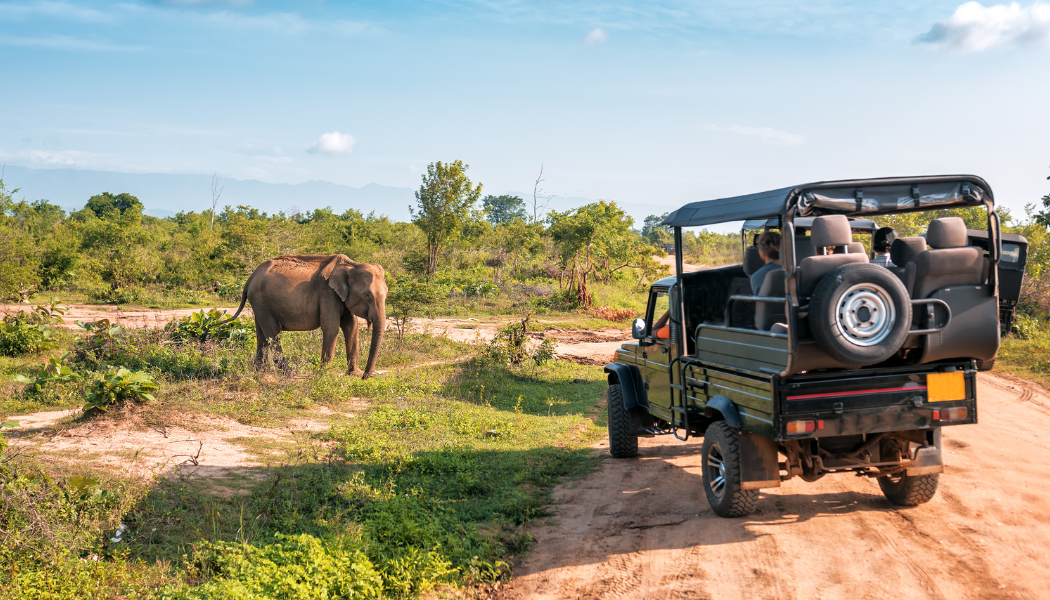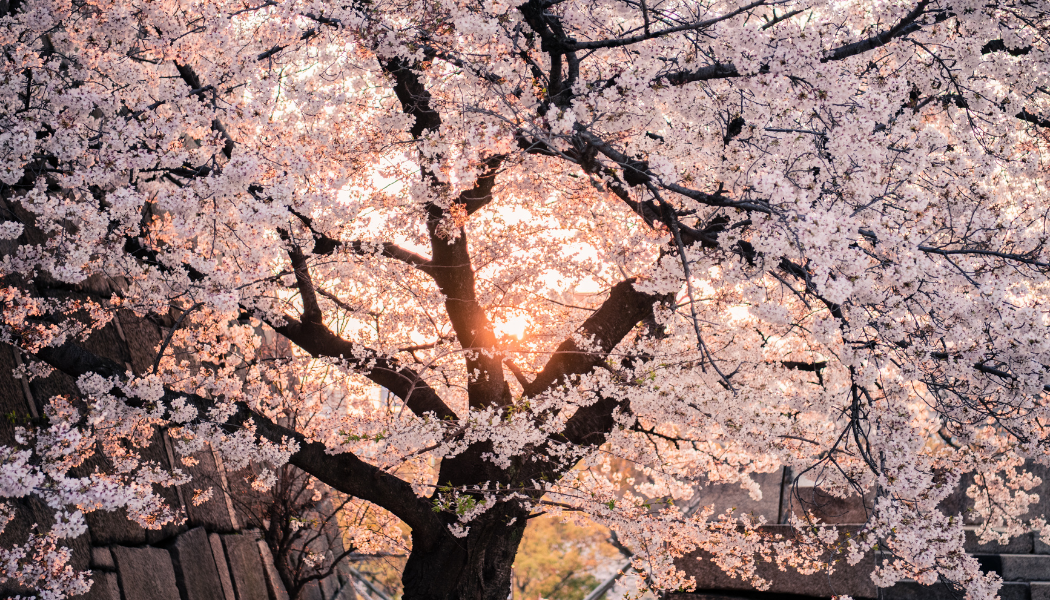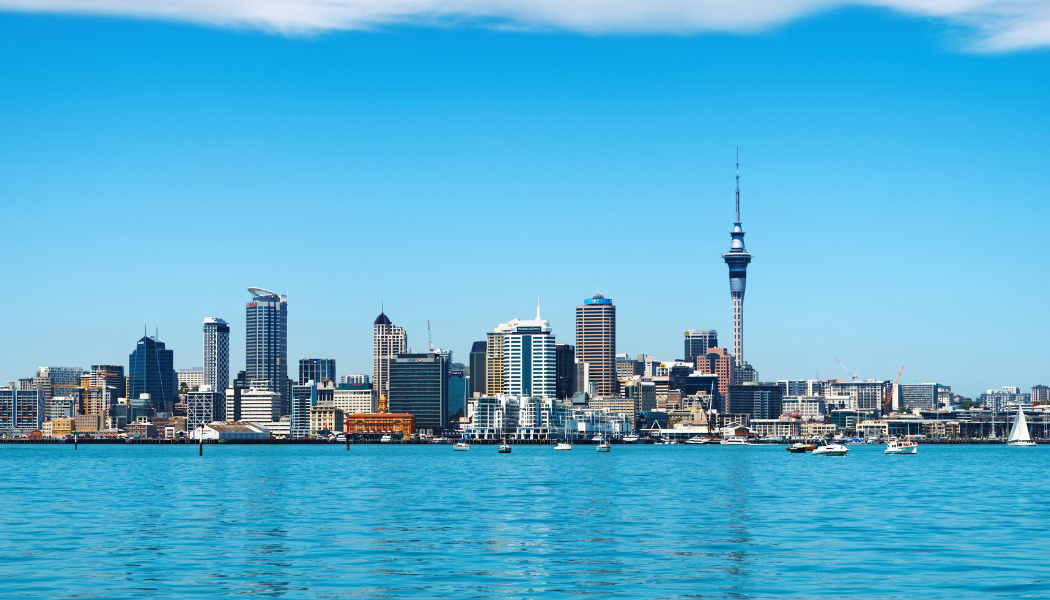Planning the perfect African safari requires careful consideration of timing, as the continent's diverse ecosystems and seasonal patterns dramatically affect wildlife viewing opportunities. From the dramatic wildebeest migration across the Serengeti and Masai Mara to the unique wildlife encounters in Botswana's Okavango Delta, from the Big Five sightings in South Africa's Kruger National Park to the bird migrations of the Rift Valley, Africa's safari destinations offer distinct experiences throughout the year. Understanding when to visit each region, what wildlife to expect, and how seasonal changes impact your safari experience is crucial for creating unforgettable memories and maximizing your wildlife viewing opportunities.
Pro Tip: Africa's safari seasons are primarily determined by rainfall patterns rather than temperature. The dry season (May-October) generally offers the best wildlife viewing as animals congregate around water sources and vegetation is sparse, making spotting easier. The wet season (November-April) brings lush landscapes and newborn animals but can make wildlife harder to spot. Consider combining multiple destinations to experience different seasons and wildlife spectacles during a single trip.
Understanding Africa's Safari Seasons
🌍 Dry Season vs Wet Season
Africa's safari seasons are primarily determined by rainfall patterns, with each season offering unique advantages and wildlife viewing opportunities across different regions.
Key Insight:
While the dry season (May-October) is generally considered the best time for wildlife viewing due to sparse vegetation and animals congregating around water sources, the wet season (November-April) offers lush landscapes, newborn animals, and fewer crowds. Many destinations offer excellent wildlife viewing year-round, making Africa a year-round safari destination.
🦓 Wildlife Behavior and Seasonal Patterns
Understanding wildlife behavior patterns is essential for planning the perfect safari experience, as different seasons offer distinct animal encounters and natural phenomena.
Seasonal Highlights:
Dry season brings predator-prey interactions around waterholes, wet season offers newborn animals and bird migrations, shoulder seasons provide a mix of both experiences with fewer crowds and better prices.
Month-by-Month Safari Guide
🦓 July - September: Peak Safari Season
July through September represents the absolute peak of safari season across East Africa, with the Great Migration reaching its climax and optimal wildlife viewing conditions throughout the region.
The Great Migration Peak:
- • Serengeti: Wildebeest migration moves to northern Serengeti, dramatic Mara River crossings (July-August)
- • Masai Mara: Migration arrives in Kenya (July-October), river crossings at Mara River
- • Kruger: Excellent wildlife viewing, animals at waterholes, clear visibility
- • Okavango: Water-based wildlife viewing, unique experiences
🌱 January - February: New Beginnings
January and February mark the peak of the wet season in East Africa and the height of summer in Southern Africa, offering unique wildlife viewing opportunities.
Wet Season Highlights:
- • Serengeti: Calving season, wildebeest migration, newborn animals
- • Kruger: Bird breeding, newborn animals, lush vegetation
- • Okavango: Water-based wildlife viewing, unique water safari
- • Pros: Fewer crowds, lower prices, lush landscapes
Destination-Specific Timing
🇰🇪 Kenya Safari Seasons
- • Peak Season (Jul-Oct): Great Migration in Masai Mara
- • Green Season (Nov-May): Resident wildlife, lush landscapes
- • Shoulder Season (Jun, Nov): Mixed conditions, good visibility
- • Amboseli: Elephant herds year-round, best during dry season
- • Samburu: Special Five (unique species) year-round
🇹🇿 Tanzania Wildlife Seasons
- • Serengeti: Great Migration year-round, calving season (Dec-Mar)
- • Ngorongoro: Year-round Big Five viewing
- • Tarangire: Dry season (Jun-Oct) best for elephants
- • Lake Manyara: Bird watching year-round
- • Selous: Dry season (Jun-Oct) for walking safaris
Plan Your Perfect African Safari Adventure
Ready to witness Africa's incredible wildlife and natural spectacles? TopTours.ai helps you discover the best safari experiences and timing for your African adventure, from the Great Migration to Big Five encounters across the continent's most iconic destinations.
Ready to Plan Your African Safari?
Africa's diverse ecosystems and seasonal patterns offer incredible wildlife viewing opportunities throughout the year. Whether you're seeking the dramatic Great Migration, hoping to spot the Big Five, or wanting to experience the continent's lush green seasons, careful timing and planning will ensure you witness Africa's most spectacular wildlife encounters and natural phenomena.
Related Guides: Japan Cherry Blossom Season | New Zealand Adventure Tours


